The Most Beloved Classic Star Trek Story Is A Secret Mirror Universe Episode
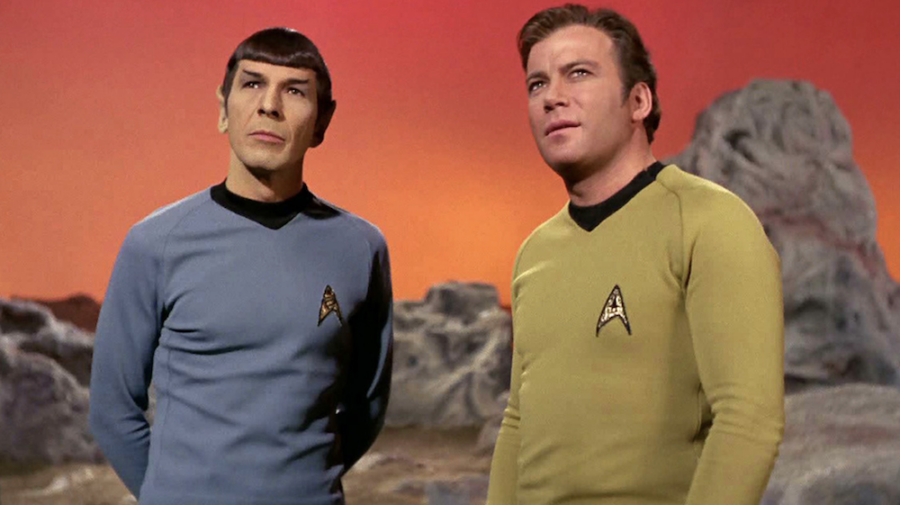
For Star Trek fans, one of the most fascinating concepts is the Mirror Universe, an entire alternate reality where almost everything and everyone is twisted and evil. In a fun parallel of the classic nature versus nurture debate, many fans have wondered if this other universe has always been so immoral or if there might have been a single incident in the past that led to characters like Captain Kirk becoming so drastically different.
That has led to the enticing theory that the survival of Edith Keeler in The Original Series episode “City On the Edge of Forever” could have created the Mirror Universe.
City On The Edge Of Forever
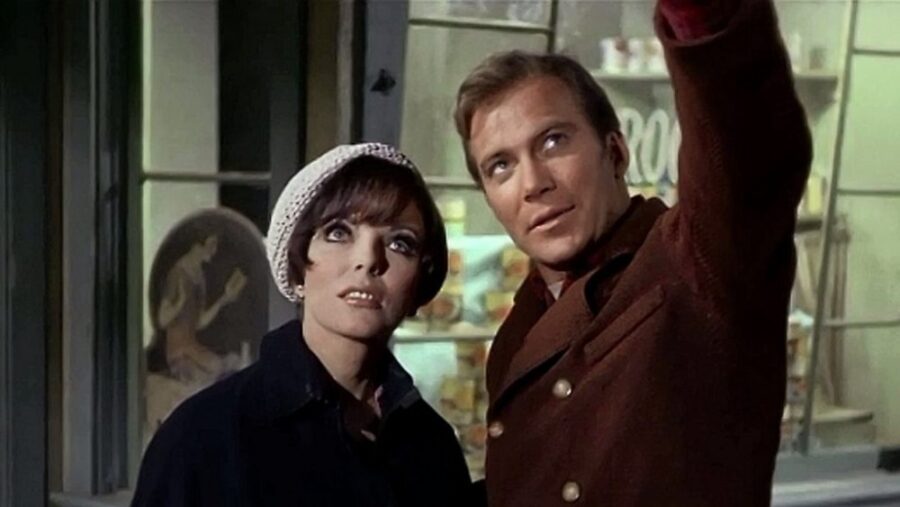
It’s not a perfect theory (more on that later), but for us to explain it, we must first provide a brief recap of “City On the Edge of Forever.” This was the episode where Dr. McCoy was accidentally injected with drugs and went a bit crazy, hopping through the Guardian of Forever and ending up in the distant past. While there is no explicit mention of the Mirror Universe, his actions in the past create a different reality, one where the Enterprise no longer exists.
Ignoring The Rules Of Back To The Future
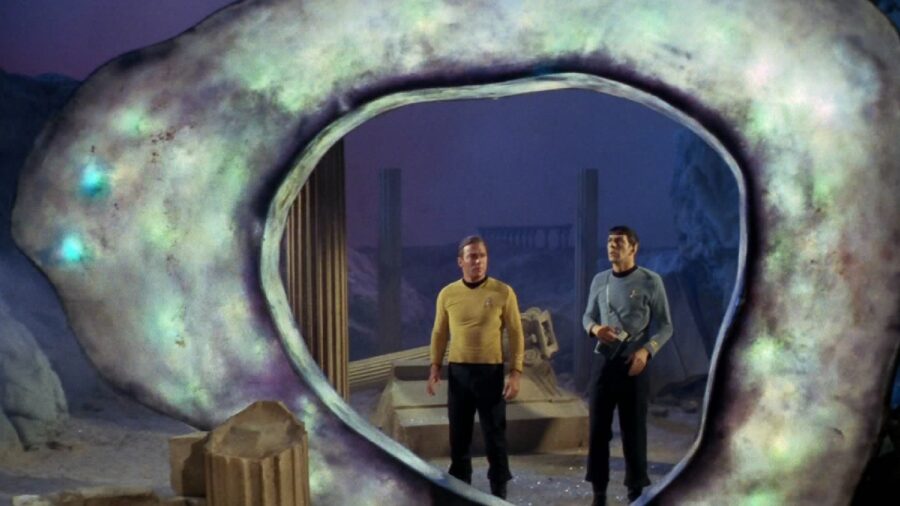
Kirk and Spock end up heading through the Guardian to find their friend, and most of “City On the Edge of Forever” focuses on their misadventures in Great Depression-era New York City.
Kirk ends up falling in love with a soup kitchen worker named Edith Keeler, but Spock discovers something devastating: Keeler was supposed to die in a traffic accident, but in their altered future reality, she lived long enough to start a pacifist movement that delayed America from entering World War II, allowing the Germans to develop the atomic bomb first, win the war, and take over the world.
Branching Paths
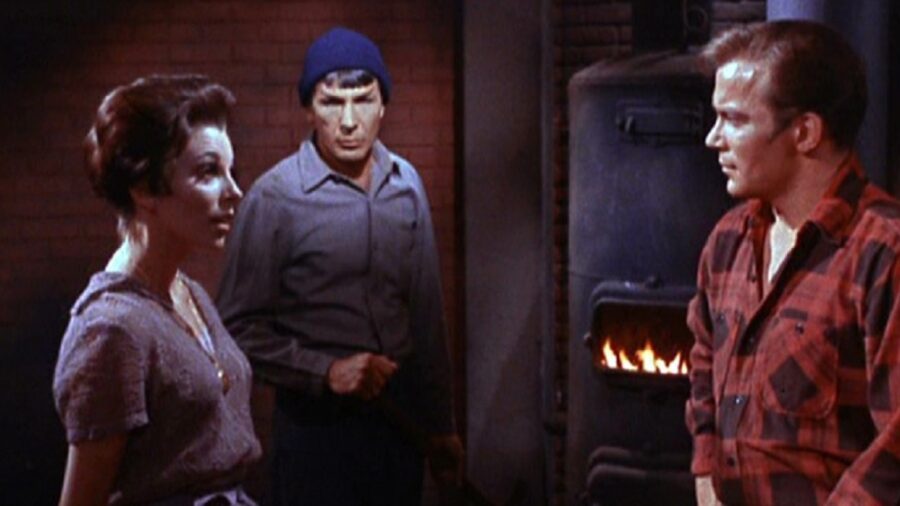
This culminates in the most horrific moment in “City On the Edge of Forever:” Dr. McCoy has recovered from the drugs and tries to save Edith Keeler from an oncoming truck. Kirk holds him back, allowing the love of his life to die in order to save the future as he knows it. He is successful, but some fans think that the Mirror Universe is an alternate timeline caused by Keeler living and the Nazis winning World War II.
Certainly, that would explain much of the aggression in the Mirror Universe, a reality where Zefram Cochrane initiated first contact by murdering Earth’s first Vulcan visitors and looting their technology.
An explicit Nazi backstory would also explain why the Terran Empire was obsessed with a kind of racial purity in which humans had to be superior to aliens. And the Nazis’ nasty history of experimenting on their enemies might explain why this alternate reality has perfected agonizer technology for so efficiently torturing enemies.
The Start Of The Mirror Universe
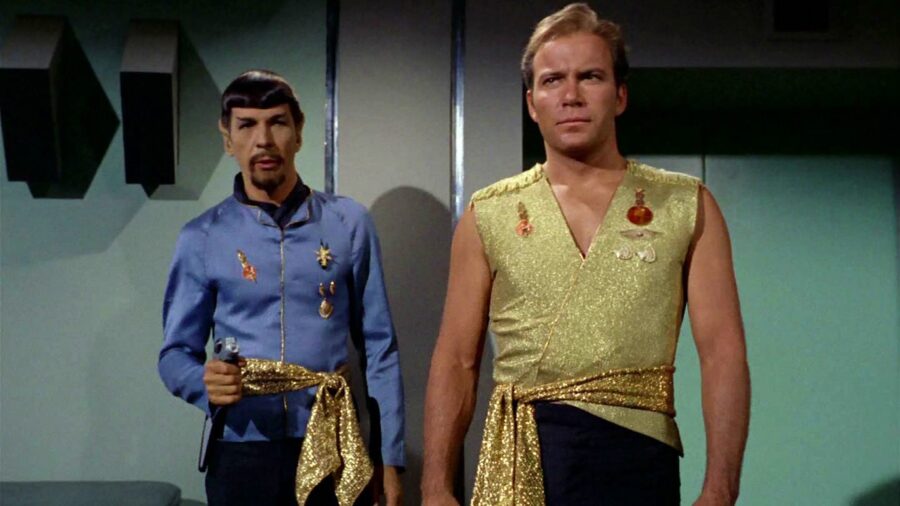
With that being said, whether “City On the Edge of Forever” quietly explains how the Mirror Universe began has never been confirmed by the franchise. There is some strong circumstantial evidence: one interpretation of Captain Archer’s comment that the Empire had been around for “centuries” is that it began in 1955, which would be in line with the Nazis winning the war and beginning what would become an intergalactic empire.
But in Discovery, Terran Emperor Georgiou makes it sound like humans stopped being compassionate “a millennia ago,” and Enterprise highly implies that Terran traditions stretch all the way back to the other universe’s Roman Empire.
Expect A Future Series To Explain It All
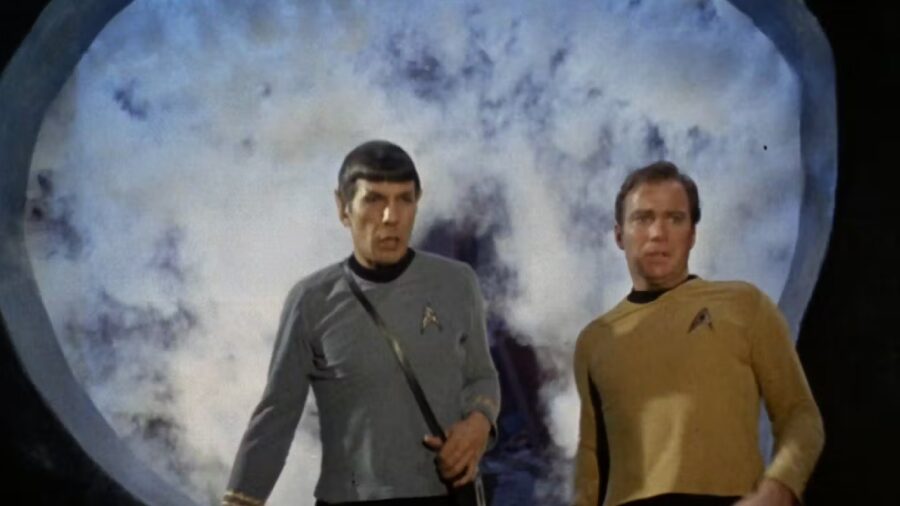
Does that mean that “City On the Edge of Forever” definitively didn’t set up the Mirror Universe? Not exactly: after all, this is a franchise that is constantly retconning what we know about that other universe, with Discovery introducing the strange idea that everyone there hates bright lights. We might yet get a retcon linking the classic episode with this evil universe, but until that happens, this is one fan theory that needs a little more time in the oven–er, replicator.












